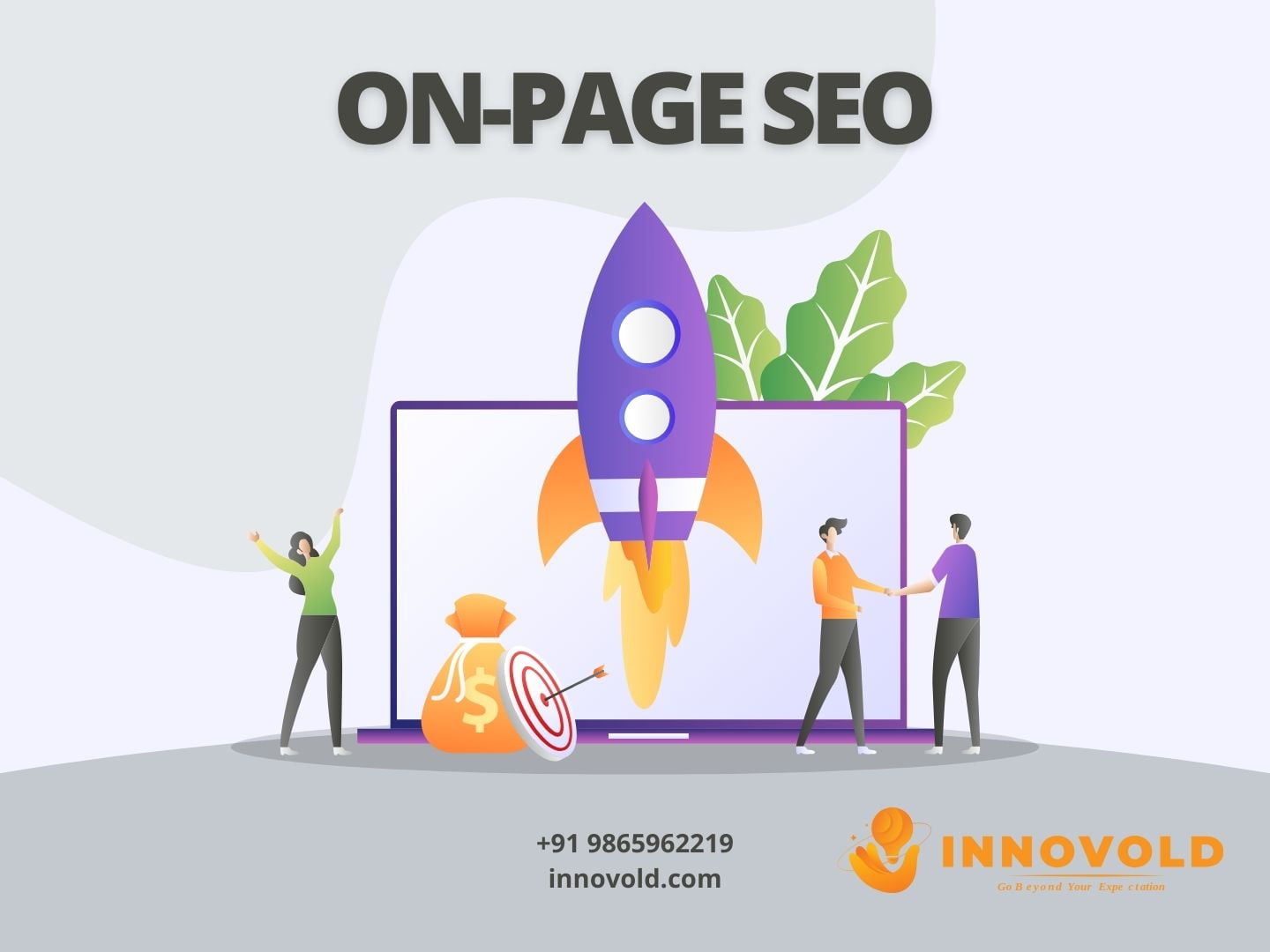Table of Contents
I. Introduction
A. Introduction to the key elements of on-page SEO: This section introduces readers to the fundamental components of on-page SEO, which involves optimizing individual web pages to improve their search engine rankings and attract organic traffic.
B. Overview of what will be covered in the blog post: Here, you provide a brief outline of the topics that will be discussed in the blog post, giving readers a roadmap of what to expect.
II. Understanding On-Page SEO
A. Definition of on-page SEO and its importance: Define on-page SEO and emphasize its significance in helping websites rank higher in search engine results pages (SERPs).
B. Explanation of how on-page SEO differs from off-page SEO: Differentiate between on-page and off-page SEO, focusing on the aspects of optimization that occur directly on the website itself.
C. Overview of the primary goals of on-page SEO: Discuss the main objectives of on-page SEO, such as improving website visibility, enhancing user experience, and increasing organic traffic.
III. On-Page SEO Elements
A. Title Tags
- Importance of title tags for search engine visibility: Highlight the crucial role of title tags in attracting clicks from search engine users and improving a page’s ranking.
- Best practices for optimizing title tags: Provide actionable tips on crafting compelling and optimized title tags to enhance SEO performance.
B. Meta Descriptions
- Explanation of meta descriptions and their role in search results: Define meta descriptions and explain how they influence search engine users’ decision to click on a result.
- Tips for writing compelling meta descriptions: Offer guidance on creating engaging and informative meta descriptions that entice users to visit the page.
C. Heading Tags (H1, H2, H3, etc.)
- Importance of heading tags for organizing content and SEO: Discuss how heading tags help structure content for both users and search engines, improving readability and SEO.
- Best practices for using heading tags effectively: Share tips on using heading tags strategically to convey hierarchy and relevance within the content.
D. URL Structure
- Importance of clean and descriptive URLs for SEO: Stress the significance of clear and concise URLs in improving search engine visibility and user experience.
- Tips for optimizing URL structure for search engines and users: Provide advice on creating SEO-friendly URLs that incorporate relevant keywords and accurately reflect the page’s content.
E. Keyword Optimization
- Explanation of keyword optimization and its role in on-page SEO: Define keyword optimization and its importance in signalling content relevance to search engines.
- Strategies for incorporating keywords naturally into content: Offer techniques for seamlessly integrating keywords into content while maintaining readability and relevance.
F. Content Quality and Relevance
- Importance of high-quality, relevant content for SEO: Emphasize the crucial role of valuable and engaging content in attracting organic traffic and satisfying user intent.
- Tips for creating valuable content that resonates with users and search engines: Guide on crafting compelling content that addresses audience needs and aligns with search intent.
G. Image Optimization
- Explanation of image optimization and its impact on SEO: Discuss the importance of optimizing images for faster loading times, better user experience, and improved search engine rankings.
- Best practices for optimizing images for search engines and users: Offer tips on optimizing image file names, alt text, and attributes to enhance SEO performance.
H. Internal Linking
- Importance of internal linking for SEO and user experience: Explain how internal linking helps distribute link equity, improve website navigation, and establish topical relevance.
- Strategies for implementing effective internal linking within content: Provide recommendations for strategically placing internal links to connect related content and enhance site structure.
IV. On-Page SEO Best Practices
A. Mobile Optimization
- Explanation of the importance of mobile optimization for SEO: Highlight the increasing significance of mobile-friendly websites in search engine rankings and user experience.
- Tips for ensuring mobile-friendly on-page SEO: Offer practical advice on optimizing website design, content, and performance for mobile devices.
B. Page Speed Optimization
- Importance of page speed for user experience and SEO: Discuss how page speed impacts bounce rates, user satisfaction, and search engine rankings.
- Strategies for improving page speed for better search performance: Provide actionable tips for optimizing website performance, including image optimization, code minification, and caching.
C. Schema Markup
- Explanation of schema markup and its impact on search results: Introduce schema markup and its role in enhancing search engine visibility and click-through rates.
- Tips for implementing schema markup to enhance on-page SEO: Offer guidance on implementing structured data markup to provide search engines with context about the content.
D. User Experience (UX) Optimization
- Importance of user experience for SEO and website engagement: Stress the correlation between user experience, dwell time, and search engine rankings.
- Strategies for optimizing UX elements for better on-page SEO: Provide suggestions for improving website usability, navigation, and accessibility to enhance user satisfaction and SEO performance.
V. Conclusion
A. Recap of the key elements and best practices of on-page SEO covered in the guide: Summarize the main points discussed in the blog post to reinforce key takeaways for readers.
B. Encouragement for readers to prioritize on-page SEO as part of their overall digital marketing strategy: Emphasize the importance of on-page SEO in achieving long-term organic search visibility and attracting targeted traffic.
C. Final thoughts on the continuous evolution of on-page SEO and the importance of staying updated with industry trends and best practices: Conclude with a reminder of the dynamic nature of SEO and the need for ongoing education and adaptation to remain competitive in search rankings.




